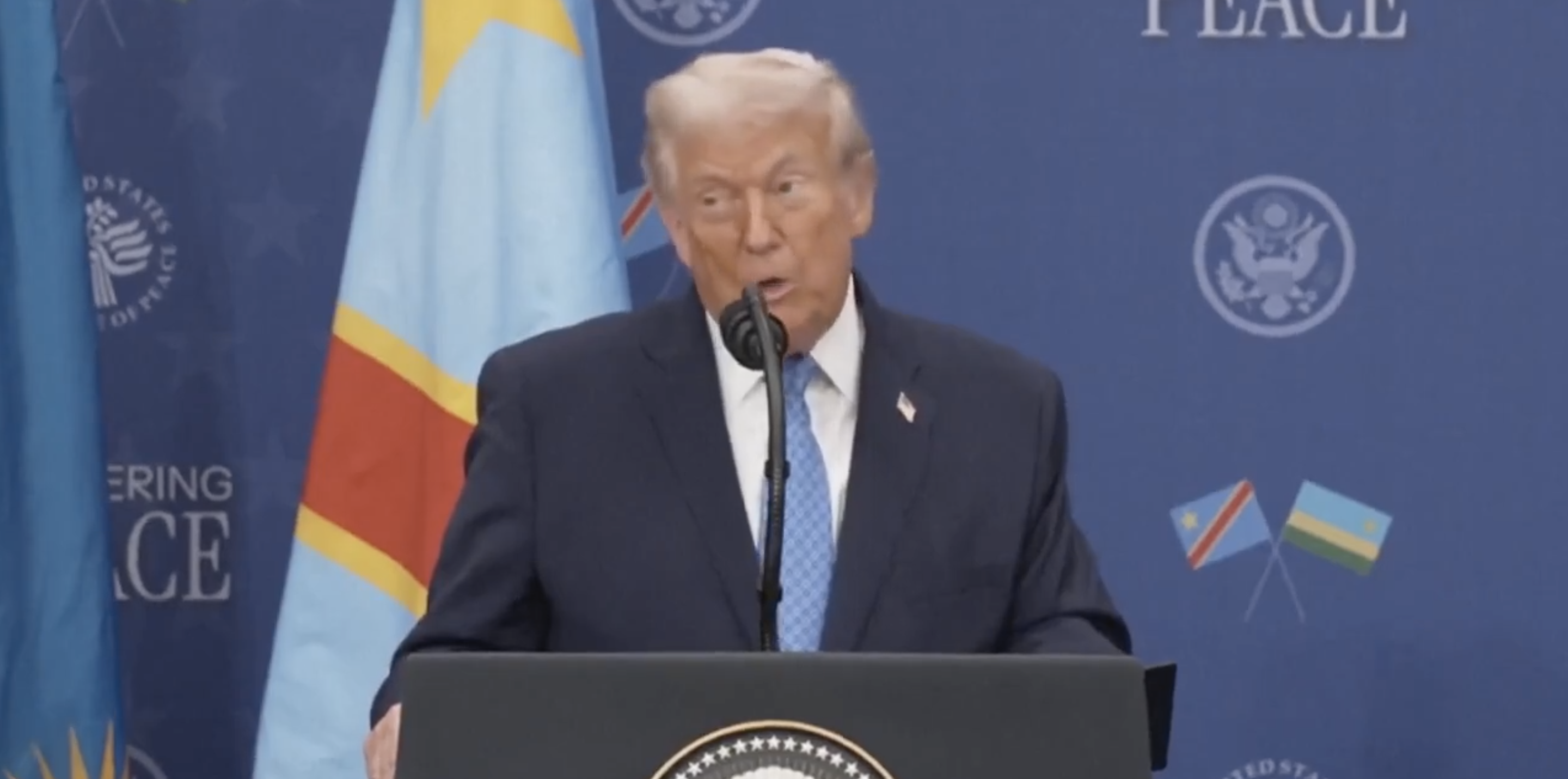This article originally appeared on heartland.org.
While stories of Ebola and ISIS dominated the headlines once again last week, the Obama administration’s Department of Defense announced a potentially more far-reaching, costly, and possibly dangerous public policy decision: Defense Secretary Chuck Hagel unveiled a comprehensive plan for how the U.S. military will address the effects of climate change. Hagel’s announcement came at a Conference of the Defense Ministers’ of the Americas at a posh resort in Arequipa, Peru on October 13.
The opening remarks by Peruvian President Ollanta Humala to the ministers of the 34 nations represented set the alarmist tone for the conference. Humala said, “If we don’t do anything to address the effects of climate change, there will be nothing left.”
The Pentagon’s “2014 Climate Change Adaptation Roadmap” argues global warming will bring new demands on the military. It warns coastal military installations vulnerable to flooding will need to be modified or relocated; humanitarian assistance missions will be more frequent responding to more intense natural disasters; and weapons and other critical military equipment will have to work under more severe weather conditions.
In response, Lauri Regan writes:
Of all of President Obama’s failings – and there are too many to count – his abysmal performance as commander-in-chief is the most egregious. … However, the latest announcement that the Pentagon is unveiling its comprehensive plan for the military’s response to climate change – at the same time that ISIS is announcing its plans to behead yet another American and is closing in on Kobani in Syria and Baghdad in Iraq – is a breathtaking measure even from this administration.
While the mission of DOD is to provide military forces needed to deter war and protect the security of the country, Regan is confident fighting climate change is not what the founders had in mind.
The Pentagon’s report asserts “decisively that climate change poses an immediate [emphasis mine] threat to national security,” without actually identifying a specific immediate threat. Rather it cites possible future problems like rising sea levels and increased drought. The report ignores the fact sea level rise has slowed considerably for the past 12 years, there is no evidence storms are increasing in number or intensity, the greatest drought in America’s history was in the 1930s, not now, and much of Africa continues to green.
Meanwhile the U.S. is fighting a war on terrorism on multiple fronts, confronts an aggressive Russia, and is sending U.S. soldiers to fight Ebola in Africa. Evidently these conflicts and humanitarian actions aren’t immediate enough to keep our attention.
As Investor’s Business Daily points out:
The report … ends up making the military look rather pathetic, as though it’s extremely vulnerable to bad weather. … That the military can only train soldiers in pleasant weather? Or that the Pentagon’s equipment isn’t currently designed to work in extreme weather conditions – like, say, a desert?
John Kerry asserts global warming ranks with terrorism and weapons of mass destruction as the greatest threats facing our nation. The Department of Homeland Security has stated global warming is “a major area of homeland security risk.” President Barack Obama has argued global warming is “one of our most significant national security problems.” If all this is true, IBD asks, then why isn’t the administration factoring in CO2 emissions impact before undertaking any particular course of action?
In short, if we are to take the administration’s claims concerning the immediacy of and danger from global warming seriously, shouldn’t DOD undertake only CO2-neutral wars and humanitarian missions?





